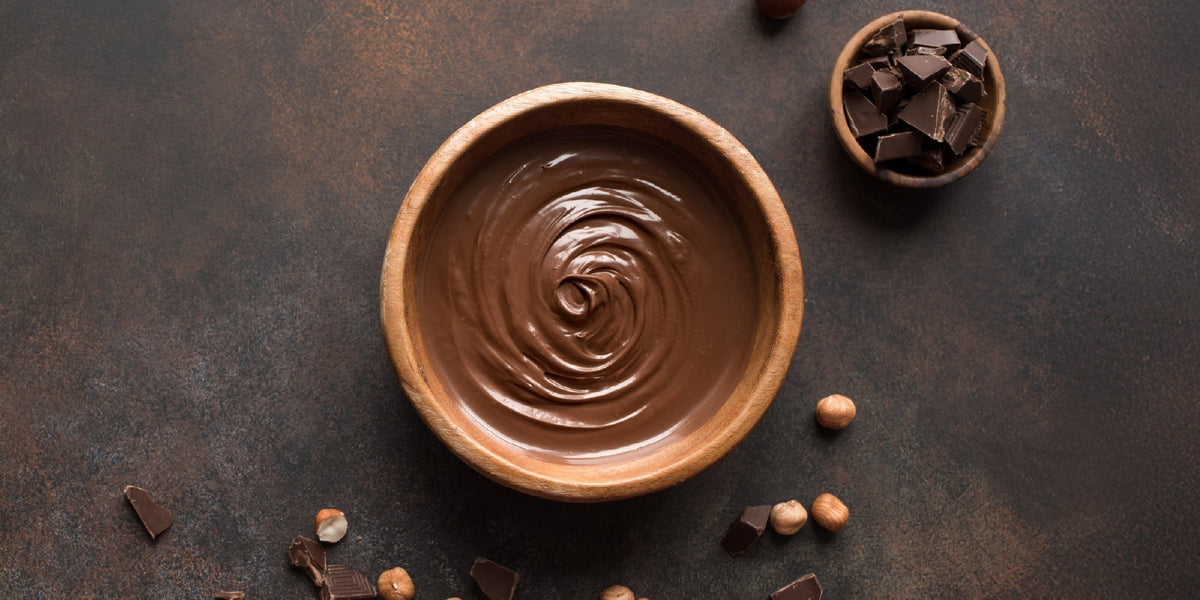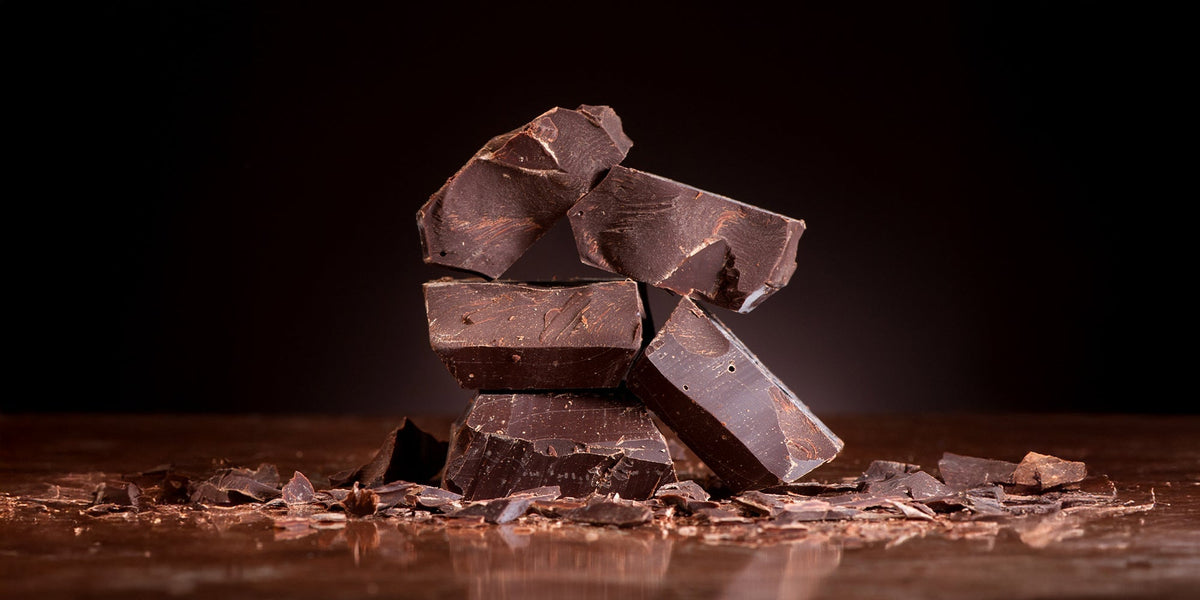
How to Make the Perfect Cappuccino at Home
Lattes may be the most popular espresso-based drink in the U.S., but did you know that the cappuccino is actually the original espresso-and-steamed-milk combo?
If you enjoy the taste and texture of foamy steamed milk but want a stronger espresso flavor than that of a traditional latte, a cappuccino is your perfect morning drink – and yes, you can make a delicious one from home.
What You'll Need: Cappuccino Ingredients
- 1 tablespoon (14 grams) finely ground espresso beans
- 4 ounces of milk
- Espresso machine
- Milk steaming wand or other milk frothing device
- Milk steaming pitcher
- Coffee grinder (optional)
- Kitchen scale (optional)
- Ember Mug²
Directions: How to Make a Cappuccino
- Pull 2 espresso shots (2 ounces) directly into your Ember Mug².
- Steam and froth milk.
- Pour milk of choice into steaming pitcher.
- Submerge steaming wand just under the surface of the milk. Keep wand submerged and angled to the side of the pitcher in order to create a vortex. This will help evenly texture the milk and prevent large bubbles.
- Steam until milk has roughly doubled in size, gradually lowering the pitcher as more froth forms and being careful to keep the wand submerged. Turn off steam once desired volume is reached.
- Swirl milk in pitcher.
- Pour milk over espresso shots in your Ember Mug², allowing foam to form a cap over espresso crema.
- Serve at 135°F.
Want to take your coffee knowledge a bit deeper?
What is a Cappuccino?
The History of The CappuccinoAt least according to legend, the cappuccino gets its name from Capuchin monks, who were known for their dark robes and shaved heads. The cappuccino’s white layer of milk foam surrounded by a darker ring of crema is said to resemble the partially shaved heads of the monks. In another version of the story, the name stems from the monks’ coffee-colored robes.
A more likely – albeit less fun – explanation for the name is that cappuccino is Italian for “little cap” as in the little cap of foam that tops the drink. However the name came about, cappuccinos first emerged in the early 1900s as the espresso machine spread and gained popularity. The cappuccino quickly became a staple Italy and inspired other variations like the latte and cortado in the following decades. To learn more about other popular espresso-based drinks, see our Coffee 101 series.
Preparing Milk For a CappuccinoCappuccinos are a heavily foamed drink, so you’ll need a milk steaming technique that produces a lot of foam without creating large bubbles or scalding the milk. Avoid swirling or moving the pitcher excessively as you steam the milk as this will produce larger bubbles and an uneven texture. When the milk has roughly doubled in size, you’ve achieved the desired amount of foam for a cappuccino.
If you’re steaming your milk in a metal milk pitcher, you can use your hand to gauge the temperature. Once the pitcher begins to feel slightly too hot to hold comfortably (but not burning), your milk has reached the ideal temperature.
Pouring Milk For a CappuccinoThe traditional cappuccino pour creates a white circle of milk foam surrounded by a ring of crema. To achieve this look, slowly tilt your Ember Mug² in a circle and gently swirl the espresso around the walls of the cup before pouring your milk. The goal is to allow the crema to cling to the sides of the cup, creating the famous brown ring.
To preserve the flavor of your cappuccino to the last sip, we recommend a drinking temperature of 135°F.
Related Articles

Vanilla Bean Chai Latte
November has a different kind of calm. The rush of early fall settles, the days grow shorter, and comfort starts to feel like a daily necessity rather than a weekend treat.

Nutella Mocha Latte
If you love the smooth, rich taste of the internationally beloved hazelnut spread known as Nutella, look further because we have just the latte for you.


